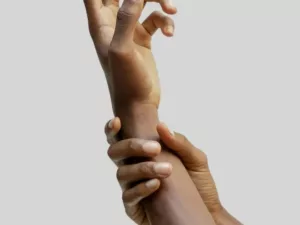(Last Updated on October 9, 2025 by Henry)
Our hands and wrists are integral to almost everything we do: typing, cooking, driving, or simply picking up a cup of coffee. Such repetitive use often leads to wear and tear, causing pain and even injuries. It’s easy to take our hand and wrist health for granted until discomfort steps in, but staying mindful can ward off a lot of issues.
Digital devices dominate our lives now more than ever. Smartphones, laptops, and tablets demand constant hand and wrist activity, making tech-related strains quite common.
Overuse injuries, like carpal tunnel syndrome and tendinitis, have become part of our daily reality.
Stretching and yoga offer a proactive approach to combat these problems. They don’t just provide relief but also build strength, flexibility, and resilience.
Addressing hand and wrist health isn’t just about dealing with pain when it arises; it’s about developing habits that prevent issues from cropping up.
Stretching eases muscle tension and enhances the range of motion. On the other hand, yoga brings a holistic benefit by combining physical postures with breathing techniques, promoting overall wellness. Both practices, when integrated into daily routines, create long-term benefits that go beyond just temporary relief.
It’s about more than just the physical benefits, though. Regular practice can also improve mental well-being. The focus and relaxation involved in yoga, for instance, can alleviate stress, indirectly benefiting hand and wrist health by reducing tension throughout the body.
Anatomy 101: Understanding Your Hands and Wrists
Understanding the intricate anatomy of your hands and wrists is crucial for properly addressing any pain or strain. Your hand is a complex structure consisting of 27 bones, multiple joints, and a myriad of muscles, tendons, and ligaments. Each component plays a vital role in the movement and strength needed for everyday activities.
The wrists are equally complicated, with eight small bones known as the carpal bones forming the base, connecting the hand to the forearm. These bones interact with the radius and ulna, the two main bones of the forearm, to facilitate a wide range of motions. Tendons and ligaments surround these bones, providing stability and enabling flexibility.
Muscles that control hand and wrist movements are divided into two main groups: extrinsic and intrinsic muscles. Extrinsic muscles originate from the forearm and extend into the hand, controlling gross movements like gripping or lifting. Intrinsic muscles, located within the hand, allow fine motor skills like typing or playing an instrument.
Knowing these details helps in identifying where discomfort might be originating. Commonly, pain is due to inflammation of tendons (tendinitis) or compressed nerves (carpal tunnel syndrome). Sometimes, repetitive strain can inflame the soft tissues around these bones and tendons, causing persistent pain and limited motion.
Awareness of anatomical vulnerabilities helps in creating effective treatment and prevention plans. For instance, understanding that overuse of the flexor tendons can lead to tendinitis can inform more targeted stretching and strengthening exercises. Recognizing the signs of nerve compression early can help in addressing them before they turn into more severe issues.
Regular hand and wrist exercises, along with mindful breaks from repetitive activities, can keep these vital anatomical structures in peak condition. Taking the time to learn about the anatomy of your hands and wrists can be a game-changer in your approach to overall wellness and recovery.
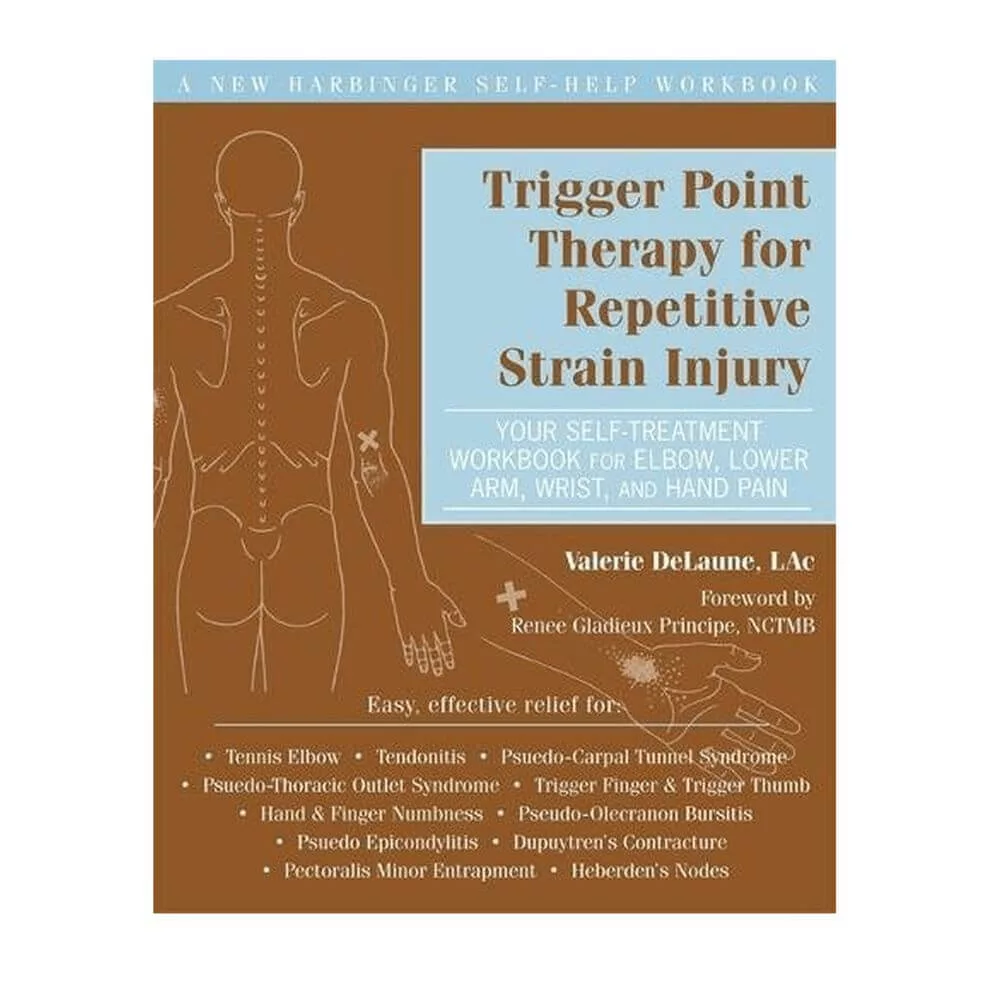
Identify & Manage Repetitive Strain Injury Symptoms Quickly
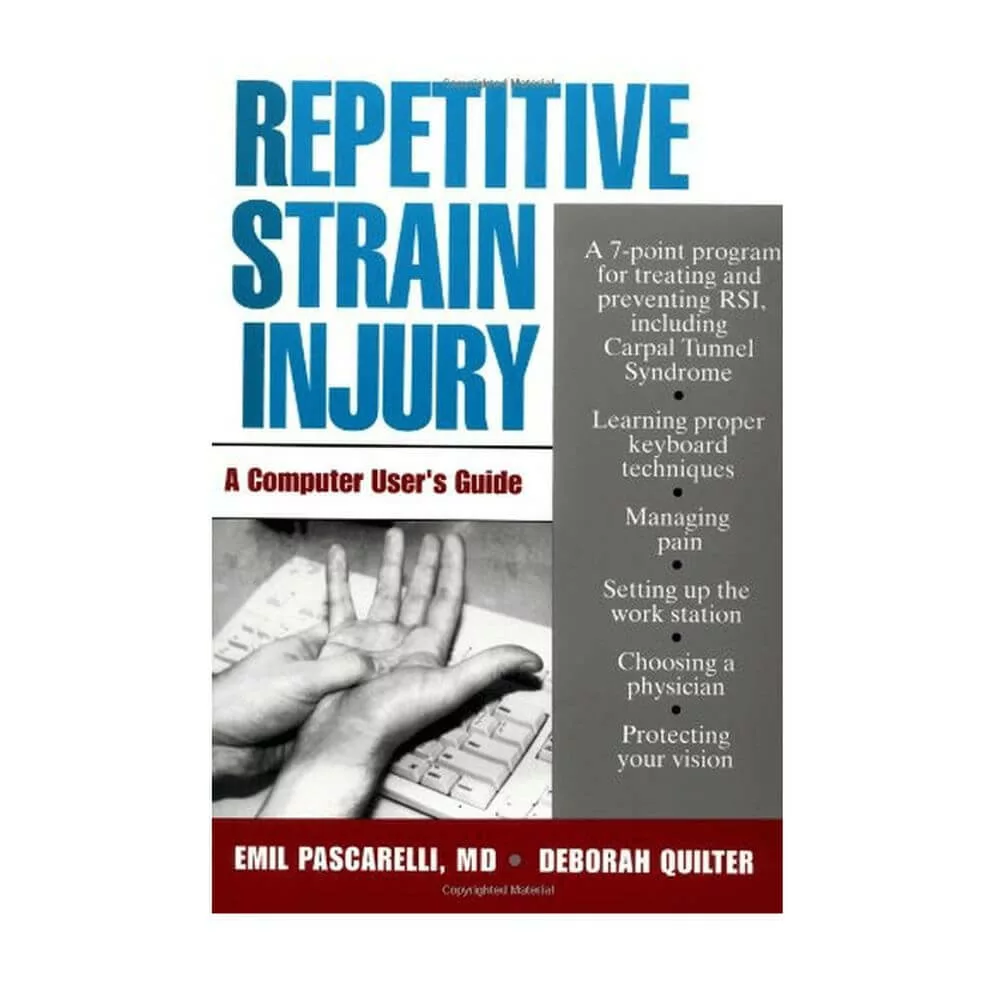
Follow Proven Advice to Overcome Repetitive Strain Injury

Practical Methods to Treat Repetitive Strain Injury Effectively

Relieve Carpal Tunnel Syndrome and Avoid RSI Traps
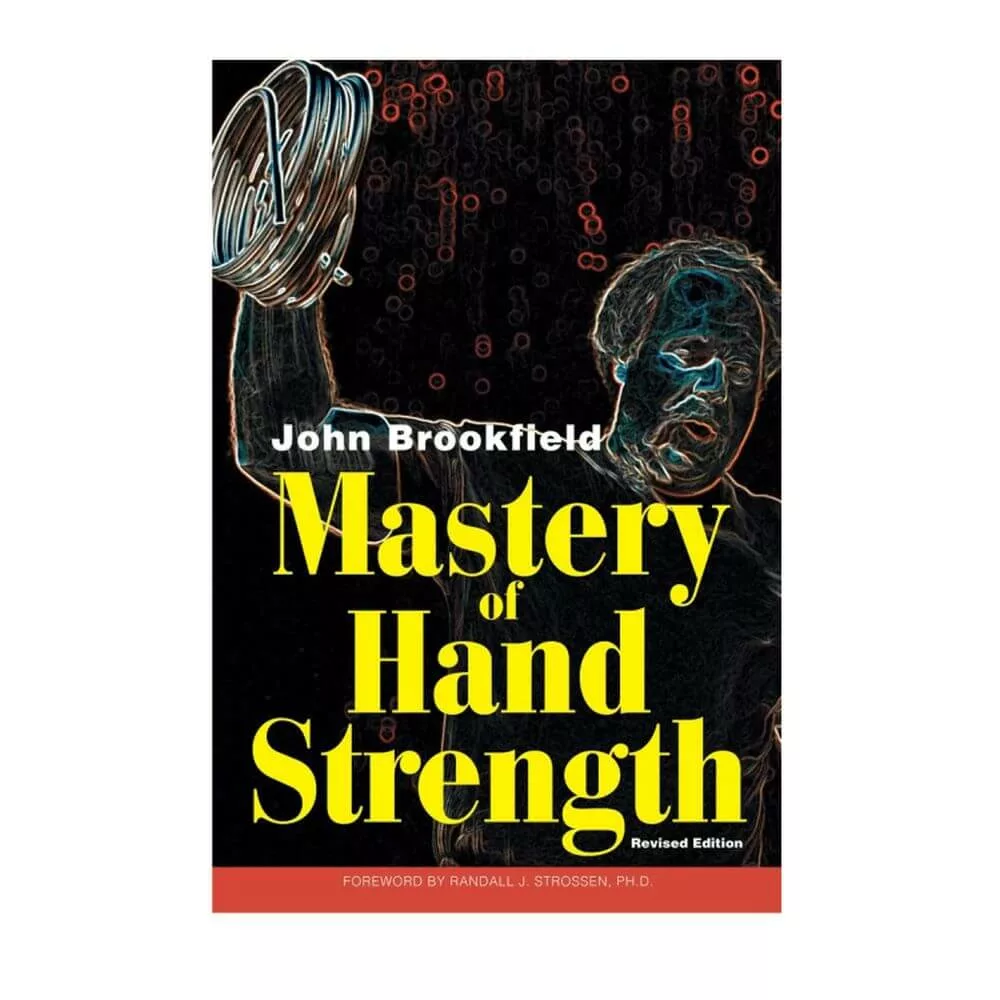
Build a Powerful Grip with Mastery of Hand Strength

Master Your Grip with the Official Captains of Crush Grippers Guide
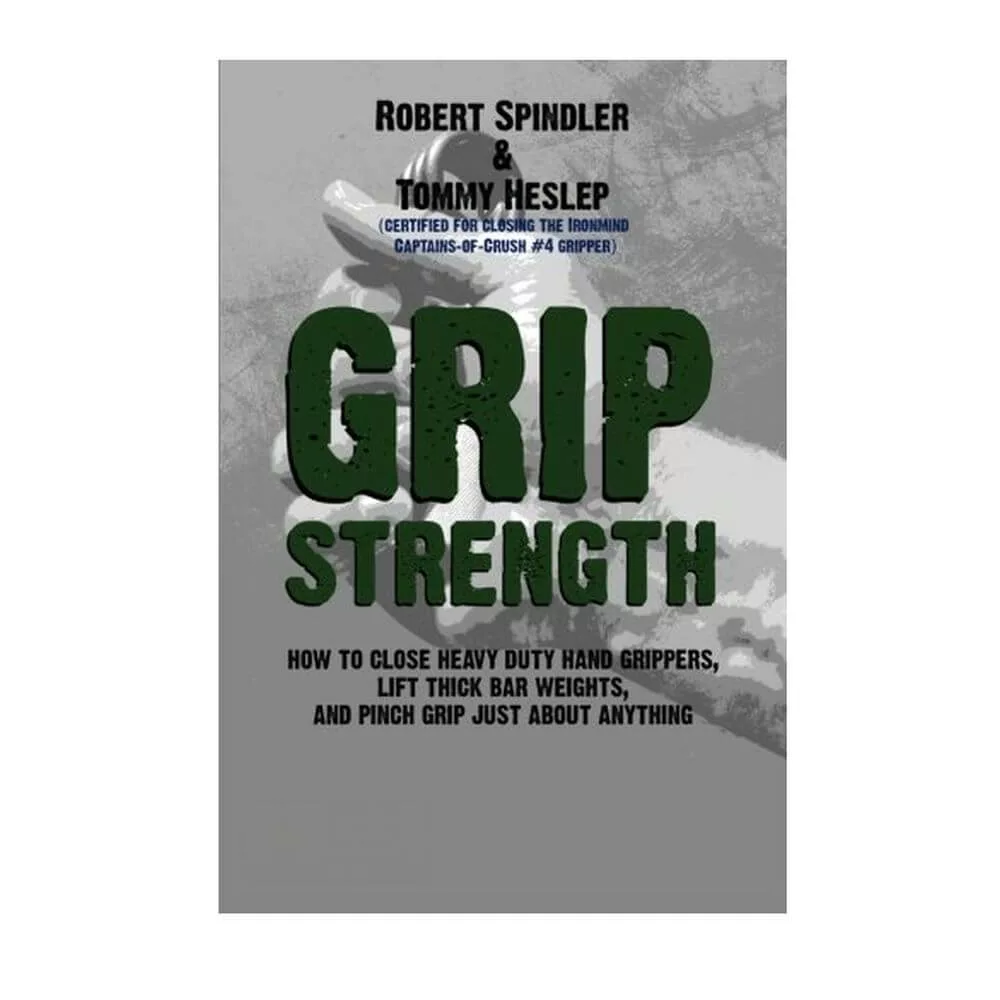
Boost Your Grip Strength with This Powerful Resource
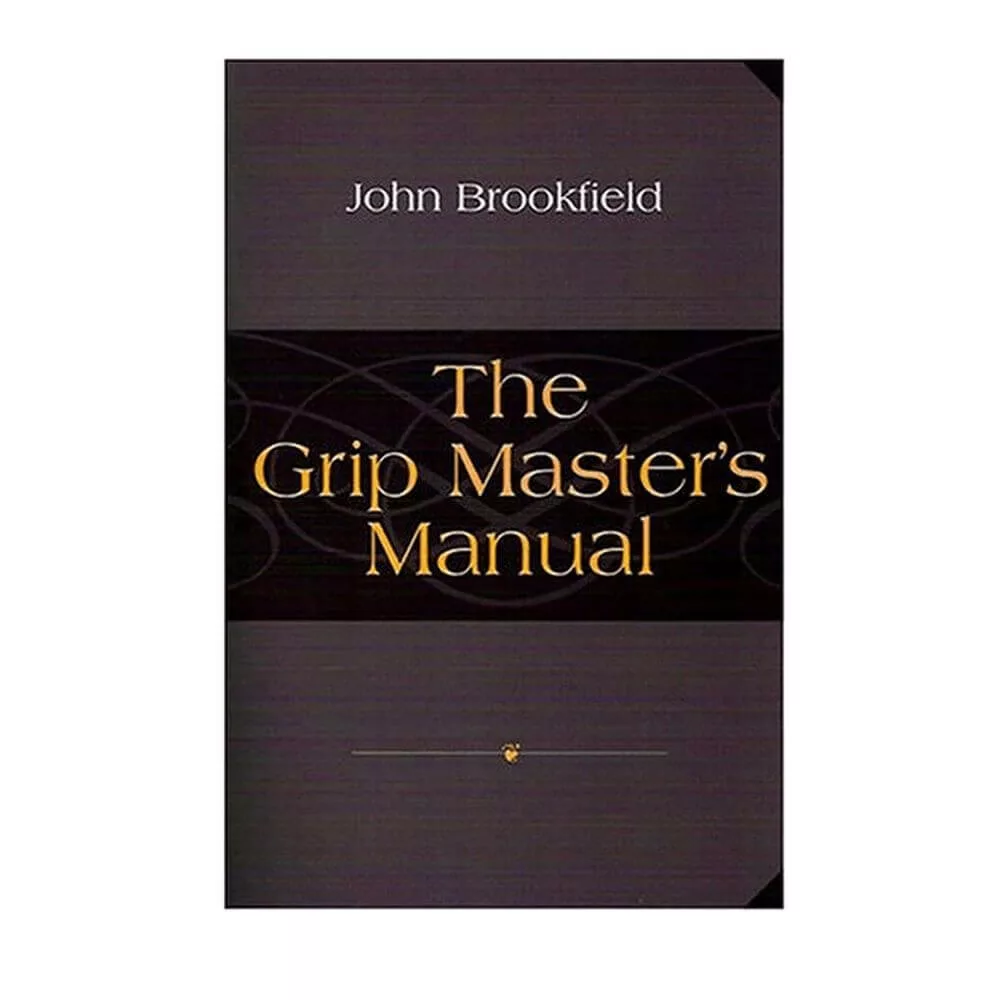
Unlock Grip Strength with The Grip Master’s Manual
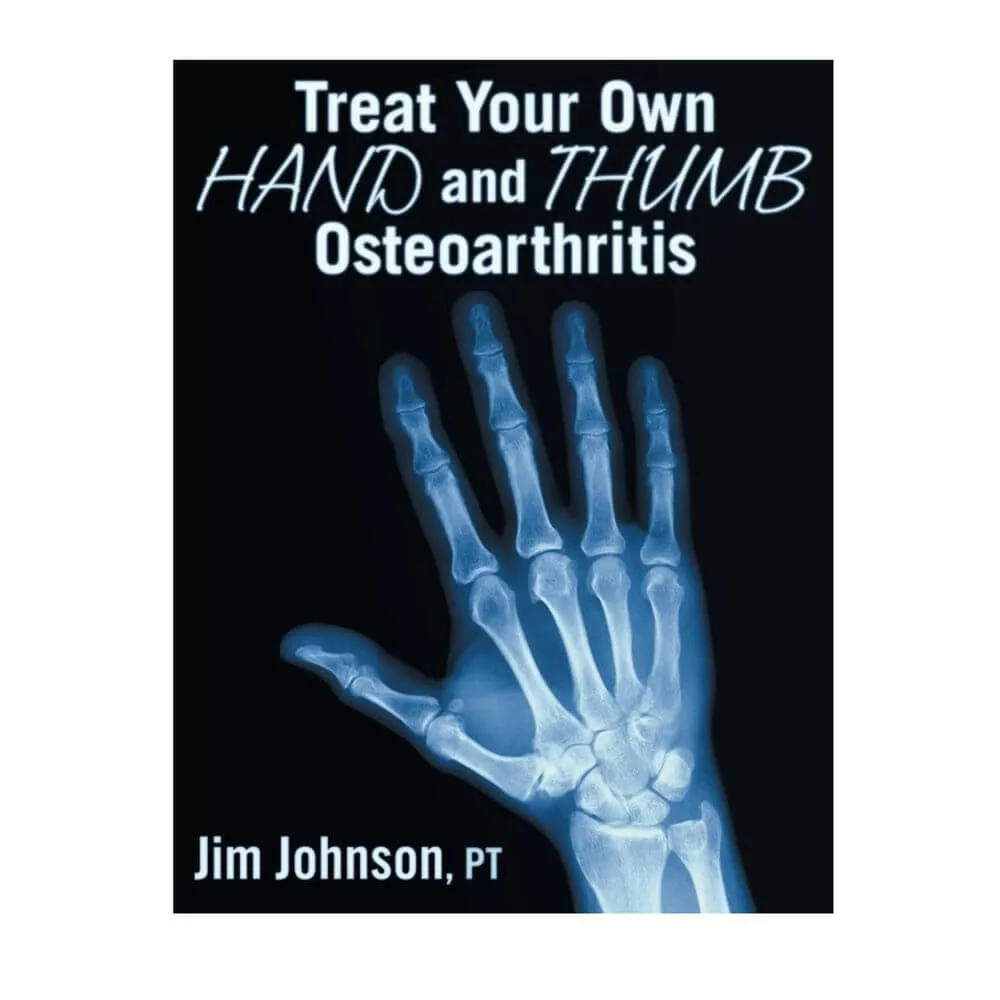
Effective Treatments for Osteoarthritis to Reduce Pain
Recognizing Signs of Strain and Injury
Knowing when something’s not right with your hands or wrists is the first step toward addressing and preventing serious issues. Ignoring minor discomforts can lead to chronic conditions, so being proactive is essential.
Most strains and injuries start with subtle signs. Persistent pain, even when resting, often indicates more than just temporary strain. Swelling, tenderness, or a reduced range of motion are potential red flags. Additionally, tingling or numbness could hint at nerve involvement, which should not be ignored.
It’s important to listen to your body. If you notice that certain activities consistently cause pain or discomfort, it’s a sign that action needs to be taken. Whether it’s typing on a computer or lifting objects, identifying and modifying these activities can prevent further damage.
Common overuse injuries like carpal tunnel syndrome manifest through symptoms such as numbness in the fingers, a burning sensation, or weakness in the hand. Tendinitis often brings about localized pain that worsens with activity and improves with rest.
In some cases, sharp pain or snapping sensations in the wrist might indicate ligament injuries, which require immediate attention. Ignoring such symptoms can lead to more severe conditions, potentially necessitating surgical intervention.
When symptoms are mild, incorporating stretching and rest can often alleviate the pain. However, if symptoms persist or worsen, it’s crucial to seek medical advice. A healthcare professional can provide a thorough diagnosis and recommend appropriate treatments, whether that’s physical therapy, medication, or in severe cases, surgery.
Preventive care should always be the goal. Regularly assessing the condition of your hands and wrists, making lifestyle adjustments, and seeking early intervention when needed can help maintain their function and health in the long run.

Hand Exercise Balls: Simple Relief & Strength for Tired Hands

Fantastic Hand & Finger Strength Trainer to Keep Grip in Shape
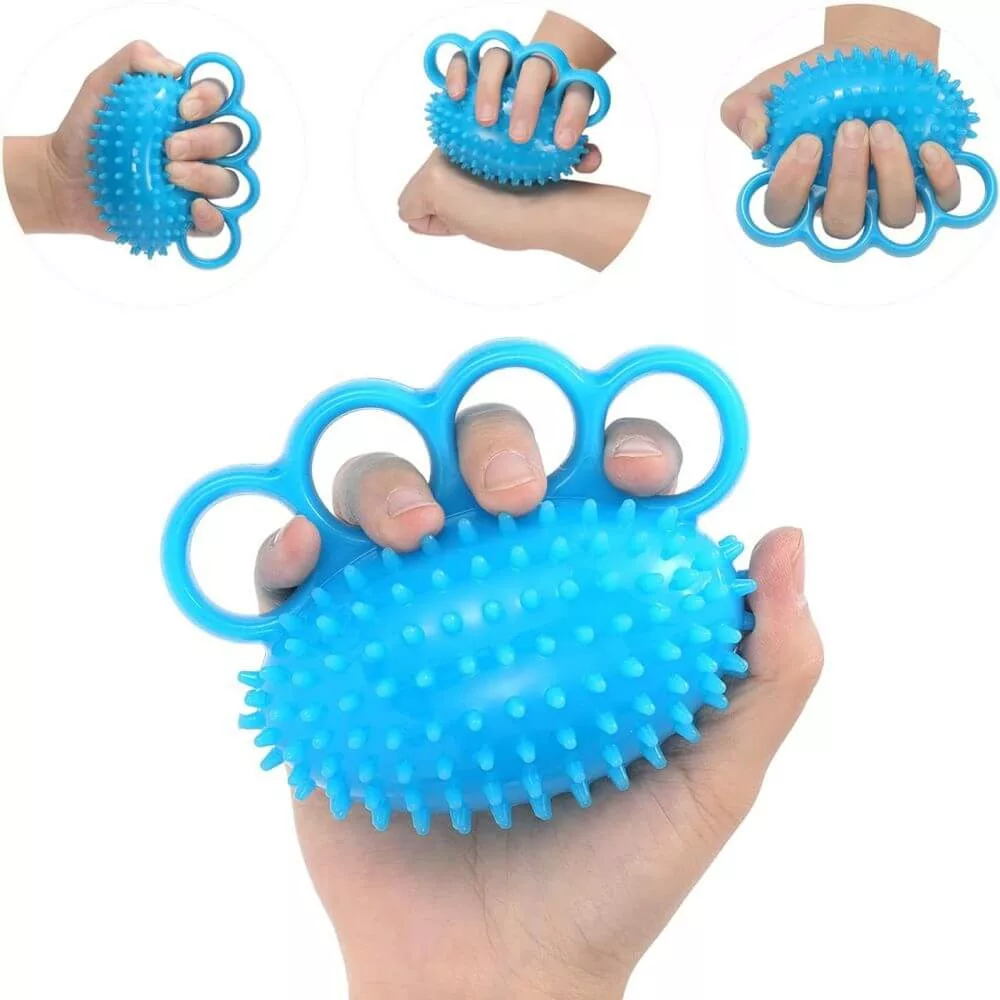
Therapy-Grade Stress Relief & Rehab Crush Grip Trainer

The Best 3-Level Therapy Egg Set for Hand Rehab & Stress Relief?

Best Therapy Balls for Stress Relief, Fidgeting & Rehab
The Foundations of Stretching for Recovery
Stretching plays a fundamental role in recovery. It helps by reducing muscle tension, improving flexibility, and enhancing blood circulation to affected areas. The science behind stretching shows that consistent practice can lead to better muscle performance and reduced pain.
Understanding key principles is crucial. Stretch slowly and avoid bouncing. Sudden movements can cause muscle strain. Gentle, sustained stretching helps muscles lengthen and relax. Hold each stretch for about 20 to 30 seconds and ensure you’re comfortable, not pushing into pain.
Breathing plays a significant role. Deep, controlled breaths help relax the body, making stretches more effective. Inhale deeply through your nose, allowing your abdomen to expand, and exhale slowly through your mouth. This can help release tension and improve the stretch’s reach.
Creating a daily routine ensures you integrate stretching seamlessly into your life. Start with simple stretches that target the wrists and hands, gradually incorporating more movements as flexibility improves. The key is consistency, making stretching a regular part of your day.
Incorporating tools like stress balls or resistance bands can enhance your stretching routine. These tools can help in gradually building strength along with flexibility. They also provide variety, keeping your routine engaging.
Listening to your body is paramount. If a stretch causes sharp pain, stop immediately. Stretching should be about gentle, steady progress. Modifying or skipping stretches that cause discomfort ensures you’re not exacerbating any underlying issues.
Yoga: A Holistic Approach to Hand and Wrist Recovery
Yoga offers a comprehensive approach to hand and wrist recovery by combining physical postures, breath control, and mindfulness. This holistic practice addresses not just the physical symptoms but also the mental stress that can contribute to muscle tension and pain.
One primary benefit of yoga is its ability to enhance flexibility and strength simultaneously. Specific poses and sequences are designed to stretch and strengthen the muscles and tendons in your hands and wrists. For instance, poses like Downward-Facing Dog and Plank help build strength, while Anjali Mudra (prayer position) and Gomukhasana (cow face pose) enhance flexibility.
Mindfulness is a cornerstone of yoga. By focusing on the present moment and cultivating awareness, you can better understand your body’s signals and adjust your practice accordingly. This attentiveness helps to prevent overdoing it and makes your recovery process more effective. Breathing exercises, or pranayama, also play a crucial role. Calming breaths can reduce overall stress, which often exacerbates physical pain.
Yoga flows specifically tailored for the hands and wrists often include gentle stretches paired with strength-building exercises. For example, starting with wrist circles and moving into the tabletop position can warm up the joints and muscles. Progressing to more weight-bearing poses like the Plank ensures that you’re building the necessary strength.
Adding tools like yoga blocks or straps can make poses more accessible, providing the support needed to perform them correctly without strain. These tools help you maintain proper form, making your yoga practice safer and more effective.
Incorporating yoga into your daily routine doesn’t need to be time-consuming. Even a 15-minute session focusing on hand and wrist health can make a significant difference. The consistency of practice is key. Whether you’re integrating it into your morning routine or setting aside time in the evening, keeping yoga a regular habit will offer the best results.
The mental benefits of yoga should not be overlooked. Stress management through mindful practice can lead to reduced tension in the muscles, indirectly aiding physical recovery. A calm mind promotes a relaxed body, which is essential for healing. Combining these practices creates a balanced approach to recovery, addressing both body and mind.
Practical Stretching Exercises for Hand and Wrist Recovery
Focusing on practical, easy-to-follow stretches can make a world of difference for hand and wrist recovery. I prioritize exercises that are simple yet effective and can be done anywhere.
One effective stretch is the wrist extensor stretch. Extend your arm in front of you, palm down. Use your other hand to gently pull your fingers back towards your body. Hold this position for around 20 to 30 seconds to feel a good stretch along the top of your forearm.
Another great exercise is the wrist flexor stretch. Extend your arm with the palm facing up this time. With your opposite hand, gently pull your fingers down and back towards your body.

This targets the underside of your forearm, which is often neglected.
Finger stretches are equally crucial. Start by spreading your fingers as wide as you can and holding for a few seconds.
Another option is to touch each finger to your thumb, one at a time, which helps improve dexterity and strength.
Incorporating thumb stretches is also beneficial. Gently pull your thumb back with your other hand until you feel a stretch at the base.
This is especially helpful if your thumb joints feel stiff or painful.
Advanced techniques can add variety and challenge. Resistance bands, for example, can be used for more dynamic stretching. Place a band around all your fingers and slowly stretch it outwards. This increases the intensity and helps build strength simultaneously.
Using props like a stress ball or putty for squeezing exercises is another effective approach. Squeezing and releasing these tools can enhance grip strength and flexibility.
The key to success with stretching is consistency. Aim to include these exercises in your daily routine, perhaps in short breaks between tasks or as a dedicated session. Regular practice ensures that you reap the maximum benefits and maintain overall hand and wrist health.
Yoga Sequences for Strengthening and Rehabilitation
Starting yoga after an injury may seem daunting, but it’s all about gradual progress. Begin with gentle, non-weight-bearing poses to build confidence and assess your comfort level. The Child’s Pose (Balasana) is a good example, offering a stretch for the arms and wrists without putting pressure on them.
From there, you can move into the Cat-Cow Stretch (Marjaryasana to Bitilasana). This sequence helps enhance flexibility in your spine while gently warming up the wrists. Ensure your weight is evenly distributed, and avoid overstretching.
As you grow more comfortable and confident, introduce poses like the Puppy Pose (Uttana Shishosana). This opens up the shoulders and stretches the arms, subtly engaging the wrists. Pay attention to any signs of discomfort and ease back if necessary.
Weight-bearing poses like Plank and Downward-Facing Dog can be introduced once you’ve built some initial strength. These poses not only strengthen your wrists and hands but also engage your core, providing a holistic approach to recovery. Always maintain proper alignment to avoid added strain.
For those ready for a bit more challenge, consider adding Chaturanga Dandasana (Four-Limbed Staff Pose). This pose significantly strengthens the wrists and should be attempted only when you are free from pain and have proper form down pat.
Consistency in yoga practice yields the best results. Incorporate these sequences into your routine multiple times a week, gradually increasing duration and intensity as you become more comfortable. Always round off your practice with gentle stretches and mindful breathing to ensure a well-balanced approach to recovery.
Consider using props like yoga blocks to modify poses and make them more accessible. Blocks can provide extra support and stability, which is crucial for injured or weak wrists. Ensure the block is sturdy and positioned correctly to avoid slips or added pressure.
Listening to your body is non-negotiable. If any pose causes sharp pain or significant discomfort, stop immediately. Modify the pose or revert to gentler alternatives. The goal is steady, sustainable progress.
Before beginning any new exercise regimen, consult with a healthcare professional to ensure that these yoga sequences align with your recovery plan. Professional advice can tailor these practices specifically to your needs, maximizing their effectiveness and safety.
Integrating Stretching and Yoga into Your Daily Life
Creating a daily routine that includes stretching and yoga is easier than it sounds and can have significant long-term benefits. The key is to make it a habit, seamlessly integrating these practices into your day-to-day activities.
Start with small, manageable goals. Dedicate five to ten minutes each morning to gentle stretches that focus on your hands and wrists. This helps you start the day with a relaxed and focused mind while also preparing your hands and wrists for the tasks ahead.
Incorporate short stretching breaks during the workday, especially if your job involves repetitive tasks like typing or lifting. These breaks can prevent stiffness and reduce the risk of strain or injury. Setting a timer or using reminder apps can help ensure you don’t forget to take these essential breaks.
Evening yoga sessions can serve as a wind-down routine, helping to release the day’s accumulated tension. Simple poses like the Child’s Pose, combined with wrist stretches, can prepare your body for a restful sleep while promoting hand and wrist recovery.
Adaptability is crucial for integrating these practices into various settings. Whether you’re at work, traveling, or at home, you can find ways to maintain your routine. At work, desk-friendly stretches can be incredibly helpful. When traveling, portable tools like resistance bands can keep you on track.
Making stretching and yoga a part of your daily life isn’t just about immediate relief. It’s about long-term health and well-being. Regular practice can prevent future injuries, improve overall flexibility, and build strength over time, ensuring your hands and wrists remain healthy and pain-free.
Adopting long-term strategies for hand and wrist health is also important. This may include ergonomic adjustments to your workspace, using supportive devices like wrist braces, and maintaining good posture. All these measures, combined with a regular stretching and yoga routine, create a comprehensive approach to health.
Consistency is the cornerstone of success. By staying committed to your routine, even on busy days, you create a sustainable practice that benefits your overall health. Remember, the goal is not perfection but progress. Small, consistent efforts lead to significant improvements over time.
Engage with communities or online groups focused on yoga and hand health. Sharing experiences and tips can offer new insights and keep you motivated. Support from like-minded individuals can make the journey more enjoyable and rewarding.
Embracing a Lifestyle of Recovery and Prevention
The journey to hand and wrist recovery doesn’t stop at addressing immediate concerns. It’s about creating sustainable habits that promote long-term health and prevent future issues. Every small change you make today contributes to a healthier tomorrow.
Commitment to regular stretching and yoga practice is essential. These routines, when performed consistently, lay the foundation for robust hand and wrist health. Beyond the physical benefits, these practices also support mental wellbeing, reducing stress and enhancing overall quality of life.
Recognizing the importance of proactive care cannot be overstated. Adopting ergonomic tools, maintaining good posture, and taking regular breaks during repetitive tasks are all crucial steps in preventing strain and injury.
Ergonomic adjustments at your workstation, like an ergonomic keyboard or mouse, can make a big difference.
Understanding that every effort counts is motivating. Whether it’s a five-minute stretch in the morning or a focused yoga session in the evening, consistency is key.
Small, regular efforts accumulate over time, leading to significant improvements in strength, flexibility, and pain management.

Educating yourself and staying informed about hand and wrist health can also aid in prevention. The more you know, the better equipped you are to handle potential issues before they turn into major problems. Resources like books, online courses, or consultations with healthcare professionals provide valuable insights.
Community and support play a vital role in maintaining a healthy lifestyle. Surround yourself with individuals who share similar goals. Joining yoga classes or online groups focused on hand and wrist health can provide motivation and encouragement. Sharing experiences and tips can keep the journey engaging and less isolating.
The path to recovery and prevention is ongoing. It’s about making mindful choices every day, staying consistent, and being patient with your progress. Celebrate small victories and understand that setbacks are part of the journey. Persistence and dedication to your health will pay off in the long run.
Remember, recovery and prevention go hand in hand. While addressing current issues, always think ahead to prevent future ones. This balanced approach ensures that your hands and wrists remain healthy and functional for years to come.
By embracing these practices, you’re investing in your overall quality of life. Healthy hands and wrists allow you to engage fully in daily activities without pain or limitation. The benefits extend beyond physical health, creating a positive impact on your mental and emotional well-being.
Thanks for Stopping By
Have Questions?
Please Leave A Comment




